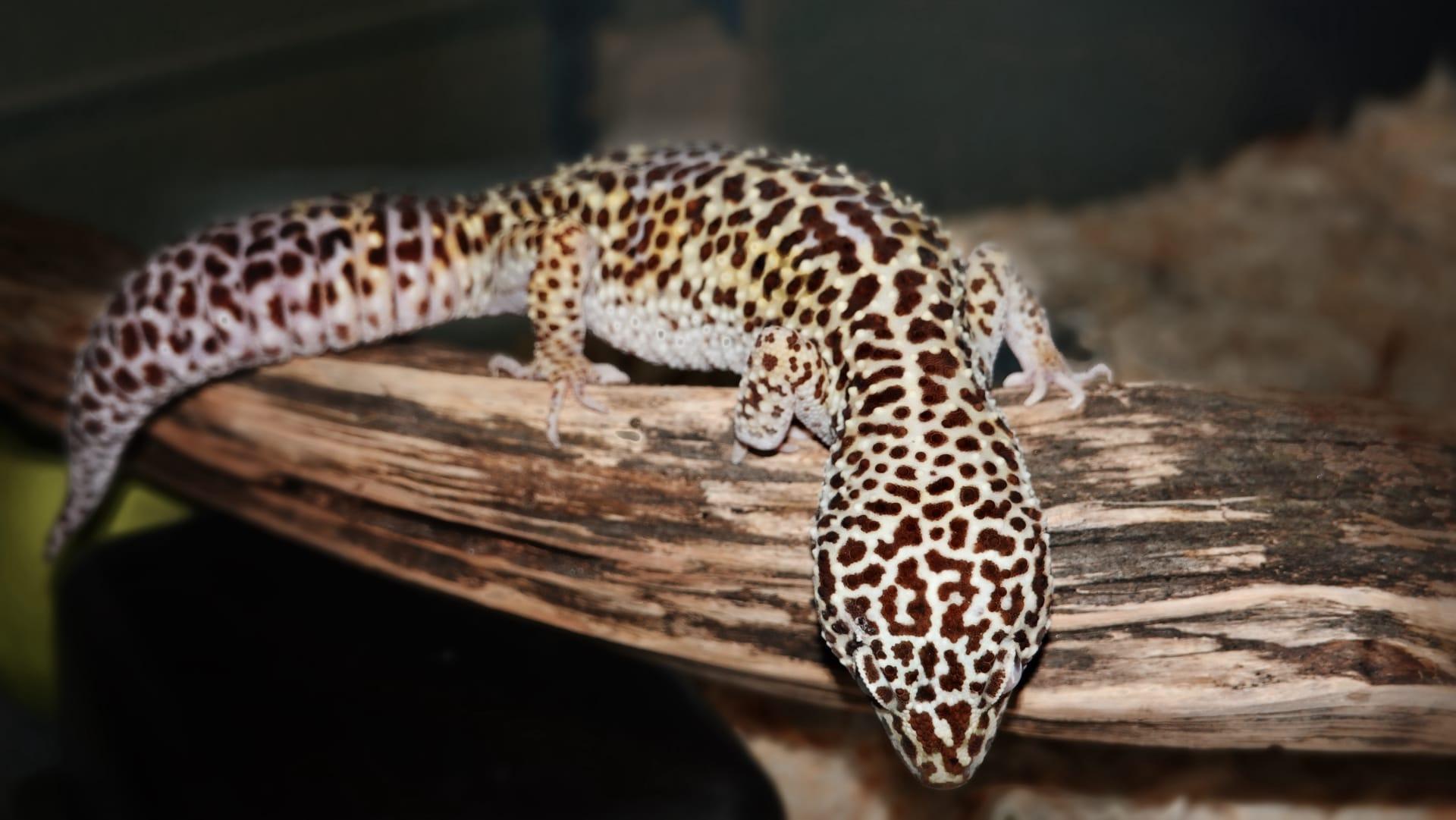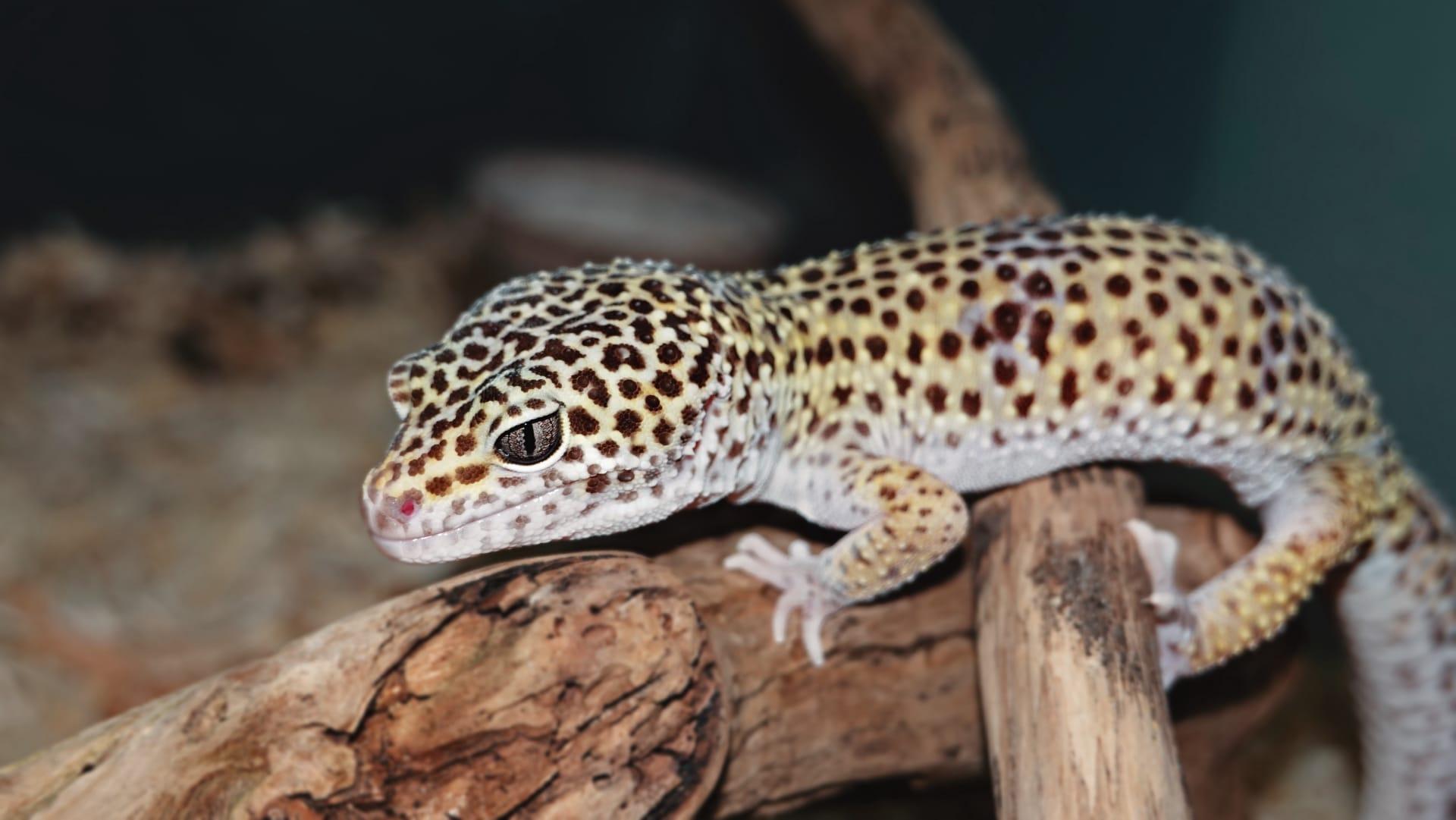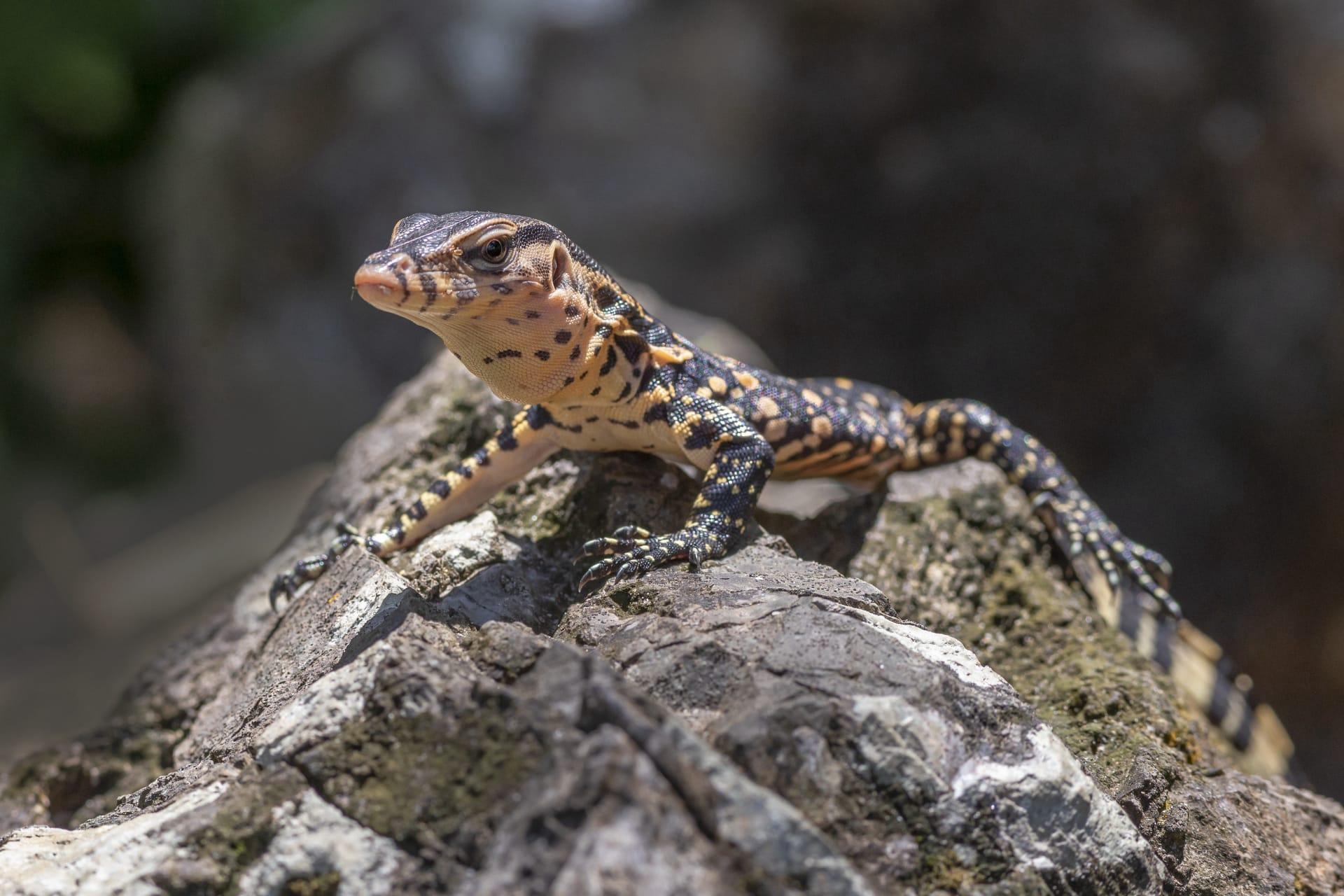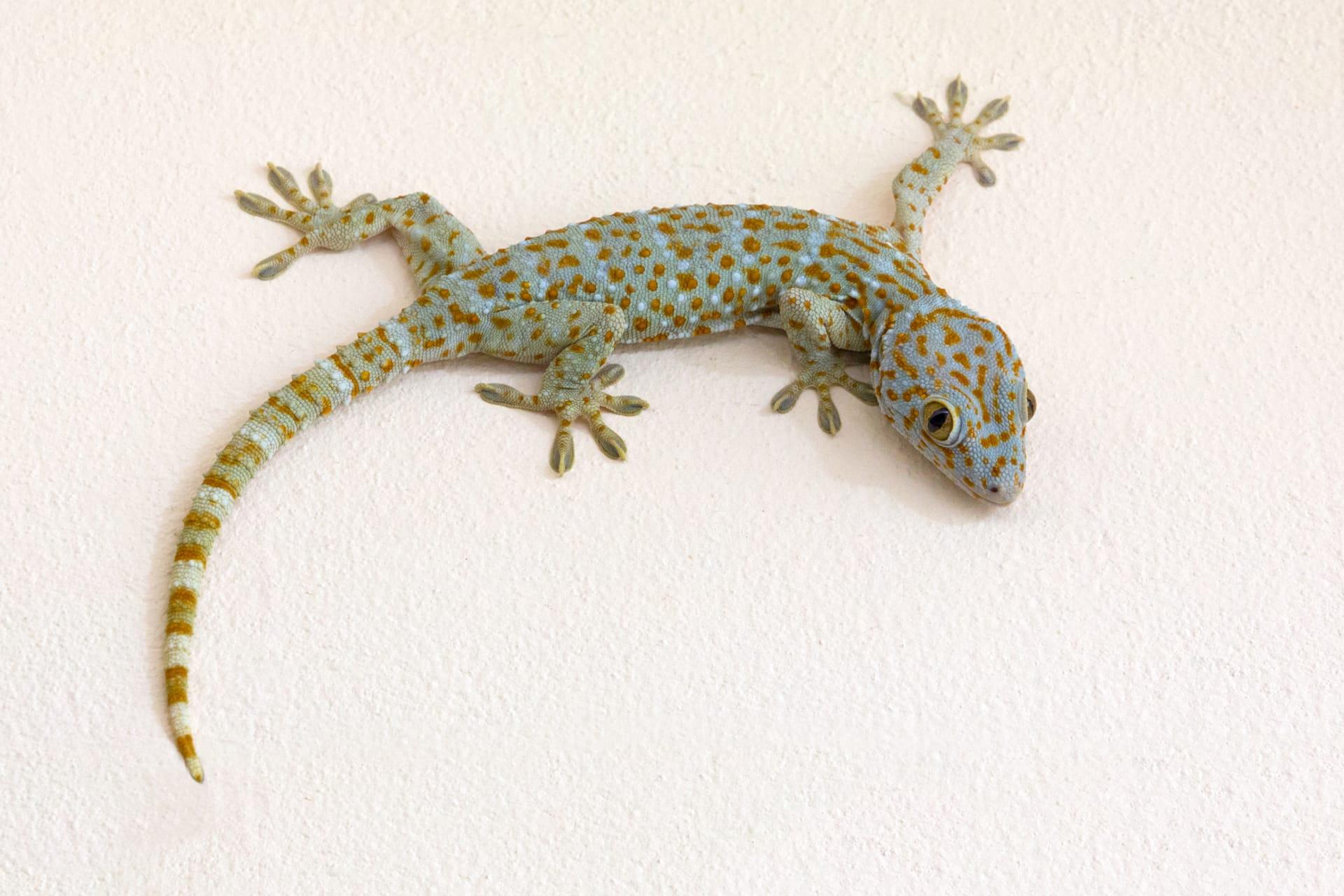Leopard Gecko
- Home /
- Mini Encyclopedia /
- Animal /
- Leopard Gecko
1
Leopard Geckos, known scientifically as Eublepharis macularius, belong to the family Eublepharidae. This species stands out for its distinctive spotted skin, which inspires its common name. Unlike many gecko species, Leopard Geckos have eyelids, a unique trait that sets them apart in their genus. Originating from the reptile subclass and squamata order, they are a fascinating example of evolutionary adaptation, showcasing both the diversity and specialization within the reptilian world.
These captivating creatures are native to arid regions and rocky, semi-desert terrains. Their natural habitat spans across parts of South Asia, predominantly in countries like Afghanistan, Pakistan, India, and Iran. Adapted to thrive in such dry environments, Leopard Geckos have developed behaviors and physical characteristics ideal for survival in these areas. Their presence in these regions contributes significantly to the local ecosystem, highlighting the importance of biodiversity in different geographical zones.

2
Question: Do Leopard Geckos change their skin color like chameleons?
Answer: Unlike the widespread belief, Leopard Geckos do not change their skin color to blend into their surroundings like chameleons. Their skin color remains relatively constant, with the distinctive yellow and black spotted pattern being a signature trait. This misconception likely arises from the general tendency to group reptiles with similar abilities, but in reality, Leopard Geckos and chameleons belong to different families and have evolved distinctly different survival mechanisms.

3
Leopard Geckos employ a unique survival strategy: nocturnality. By being active primarily at night, they avoid the scorching daytime temperatures of their native habitat. This adaptation not only aids in temperature regulation but also in predator avoidance. Their nocturnal behavior is complemented by their keen vision, which is well adapted for low-light conditions, giving them an edge in hunting and navigation during the night.
Another key survival tactic is their ability to store fat in their tails. This adaptation is crucial for periods when food is scarce. In times of need, Leopard Geckos can metabolize this stored fat, providing them with a vital energy reserve. This ability not only signifies their adaptation to harsh environmental conditions but also highlights the evolutionary ingenuity of these creatures in managing energy and resources.

4
In the ecosystem, Leopard Geckos play a pivotal role as both predator and prey. As predators, they help control populations of insects and other small arthropods, maintaining a balanced food chain. This pest control contributes to the health of their ecosystem, showcasing their importance in natural pest regulation.
As prey, Leopard Geckos are a vital part of the food web, serving as a food source for larger predators. This role helps maintain the ecological balance, ensuring that predator populations are also kept in check. Their existence, therefore, supports the overall health and stability of the ecosystems they inhabit, demonstrating the interconnectedness of all species within a habitat.

5
Film: "Leopard Gecko: Unveiled Mysteries" is a documentary produced in the United States in 2019. This film delves into the natural habitat, behaviors, and survival strategies of the Leopard Gecko. It provides viewers with a detailed look at their life cycle, mating rituals, and the challenges they face in the wild. The documentary's stunning visuals and insightful commentary offer a comprehensive understanding of these fascinating reptiles.
Book: "Leopard Gecko Care: The Complete Guide" by James Hatfield, published in the UK in 2018, is a comprehensive resource for Leopard Gecko enthusiasts. This book covers various aspects of caring for these reptiles, including habitat setup, diet, health concerns, and breeding. It's an invaluable guide for both novice and experienced reptile keepers.
Book: "The Secret World of Geckos" by Angela Perry, released in the United States in 2020, explores the diverse world of geckos, with a special focus on Leopard Geckos. This book provides readers with insights into their behavior, physiology, and the role they play in their ecosystems. It's an engaging read for anyone interested in herpetology and the intricate lives of these unique creatures.